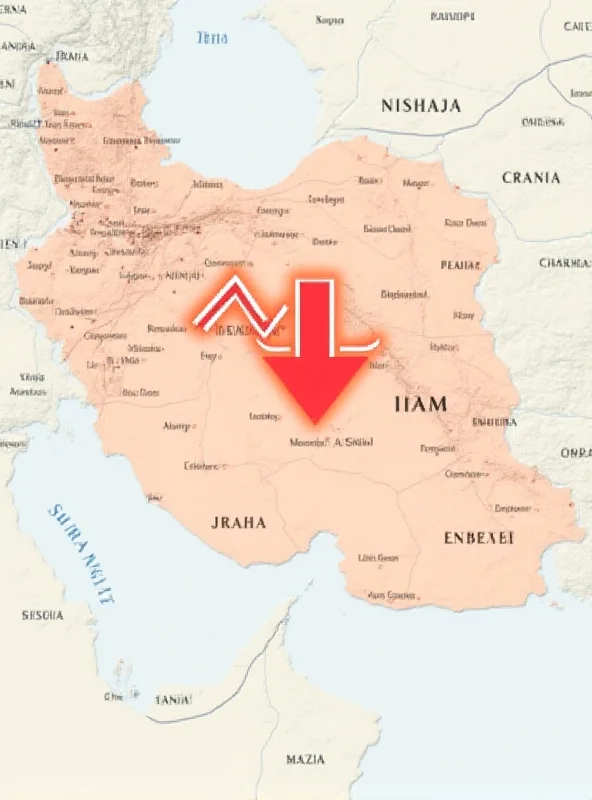Iran's economy is showing a complex mix of positive and negative indicators as March 2025 begins. While some sectors are experiencing growth and innovation, others are facing challenges that could impact the overall economic landscape.
GDP Growth and IRENEX Sales
Recent reports indicate that Iran's Gross Domestic Product (GDP) has experienced growth in recent months. This positive trend suggests an improvement in the country's overall economic performance, though specific details about the drivers of this growth remain scarce. This growth comes as IRENEX, an Iranian organization, announced that its products will be available for purchase starting March 1st. No further details have been released regarding the products that will be available.

Iran's National Gas Company is also placing significant emphasis on the collection of flare gas. This initiative suggests a focus on energy conservation and environmental protection, aligning with global efforts to reduce greenhouse gas emissions and promote sustainable practices. The company's commitment highlights a proactive approach to resource management and environmental stewardship.
Challenges in Isfahan Province
However, not all news is positive. Iran's Isfahan Province is currently experiencing a decline in its non-oil product exports. This decline presents potential economic challenges for the region, as reduced export earnings from sectors other than oil could impact local businesses and overall economic stability. The drop in export performance could hinder efforts to diversify the economy away from reliance on oil revenues.

"The situation in Isfahan Province highlights the importance of diversifying the Iranian economy and fostering growth in non-oil sectors," says economic analyst Sarah Chen. "Addressing the challenges faced by exporters in the region will be crucial for long-term economic stability."
Looking Ahead
The contrasting trends of GDP growth and declining non-oil exports paint a complex picture of Iran's economy in early March 2025. While positive developments like GDP growth and the focus on flare gas collection offer hope for improved economic performance, the challenges faced by Isfahan Province underscore the need for continued efforts to diversify the economy and support local businesses. Monitoring these trends will be crucial for understanding the trajectory of Iran's economic development in the coming months.

